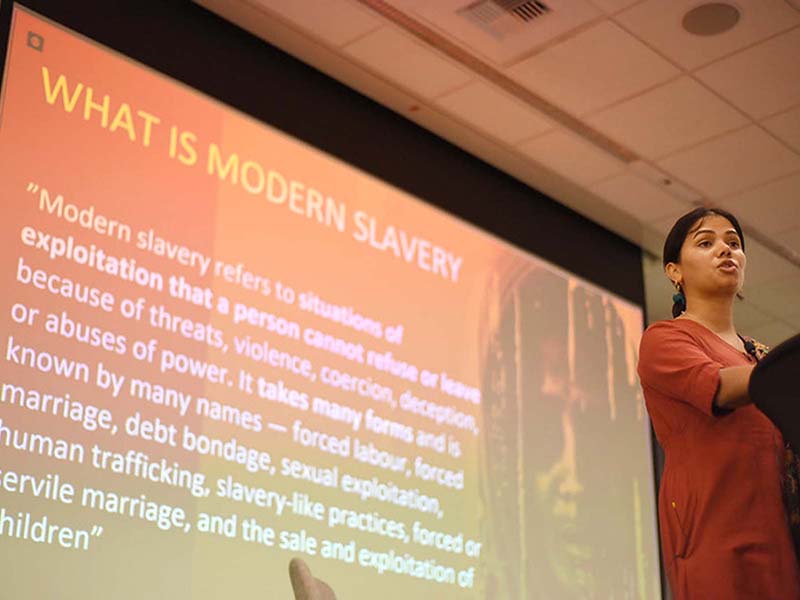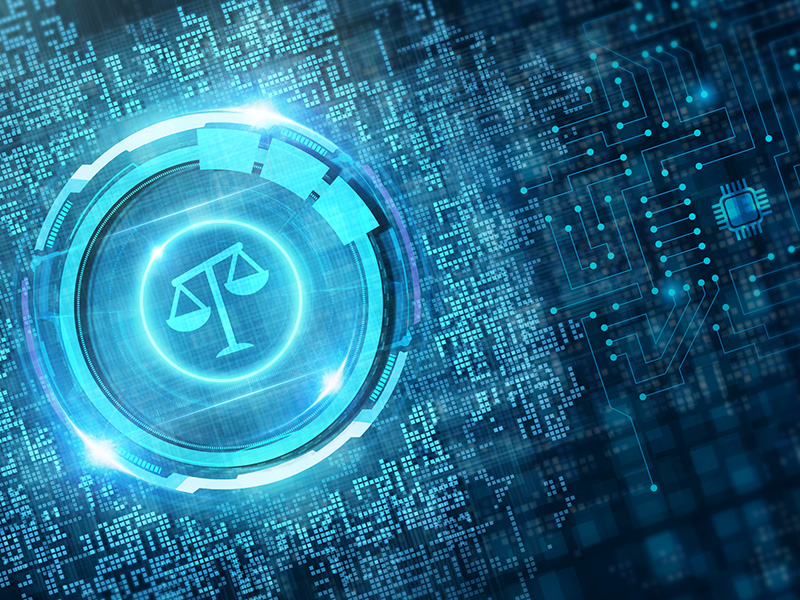
When considering how business can fulfill its responsibility to respect human rights, I’m increasingly struck by two very stark contrasts: between stability and upheaval and between risk and opportunity.
We have stability in the well-established norms for how business enterprises should respect human rights. These norms, set out in the UN Guiding Principles for Business and Human Rights, have built upon decades of learning about the impact of companies on human rights and strategies to mitigate adverse human rights impacts.
We have upheaval in the wide range of disruptive technologies and trends—such as artificial intelligence, big data analytics, blockchain, drones, and the internet of things—that are profoundly altering the nature and profile of human rights impacts and risks at global companies.
This upheaval results in the second contrast, between opportunity and risk.
On the one hand, we have a once-in-a-generation chance to harness massive advances in technology for the public good. From smart cities to medical diagnostics to access to public services, there is a huge range of opportunities to significantly increase the worldwide realization of human rights.
On the other hand, we risk unleashing into the world new technologies, capabilities, and business models that might cause significant harm to the rights to which all human beings are inherently entitled. Risks, such as algorithms that discriminate against vulnerable populations or connected devices that threaten privacy, are increasingly well known, but new and unknown scenarios are almost certain to emerge.
It is easy to say that we all have a shared responsibility—governments, companies, and citizens—to pursue the opportunities while mitigating the risks. However, in the arena of business and human rights, I keep returning to the same burning question: Will the speed, complexity, and extensive reach of these disruptive technologies transform the human rights approaches that companies need to deploy, and are our current tools up to the job? Are our well-established business and human rights norms capable of dealing with the impending disruption?
While a significant body of knowledge and best practices has emerged for the integration of human rights into business operations (such as mining sites, manufacturing facilities, and law enforcement relationships), I fear that we are lacking an equivalent body of knowledge and best practices for the integration of human rights into the product design and development process. I wonder whether the business and human rights discipline, as currently configured, can address the sheer speed of change, business uncertainty, and unforeseen possibilities that accompany disruptive technologies.
These questions have been the topic of discussion at BSR over recent months. Based on lessons learned from our recent human rights work—including dozens of human rights impact assessments across all industries and engagement both deep inside companies and with rights holders—we have begun exploring the concept of “human rights by design,” which we believe could be essential for the long-term success of the business and human rights discipline.
A “human rights by design” approach would depend on the capability of three professional communities—business and human rights teams, research and design teams, and sales and marketing teams—to fully integrate human rights considerations into the development of products, services, and technologies. It would need to ensure respect for human rights while at the same time supporting business needs, such as rapid product development and release cycles.
A “human rights by design” approach needs to be capable of addressing human rights issues with short-, medium-, and long-term implications. These might include:
- How do we interpret key human rights concepts, such as informed consent or remedy, in the context of big data analytics, the internet of things, and artificial intelligence?
- How do we involve rights holders in the innovation process for products or services that might have millions or billions of users?
- What are the most effective ways to address the known human rights risks of disruptive technologies, such as the risk that algorithm-based decision-making can result in discriminatory outcomes (such as in the areas of housing, credit, employment, health, and public services)?
- How do we address novel human rights risks that emerge from the use of disruptive technologies, such as land rights and airspace in the age of drones?
- What use cases for disruptive technologies in different industries—such as agriculture, financial services, healthcare, or mining—will present the most salient human rights risks and opportunities?
We believe that the stark contrasts—between stability and upheaval and between risk and opportunity—can be addressed best through collaboration across professional disciplines. For this reason, we are eager to identify opportunities for product, service, and technology design teams and business and human rights professionals to work more closely together in the service of human rights by design.
BSR’s latest sustainability insights and events straight to your inbox.
Topics
Let’s talk about how BSR can help you to transform your business and achieve your sustainability goals.








